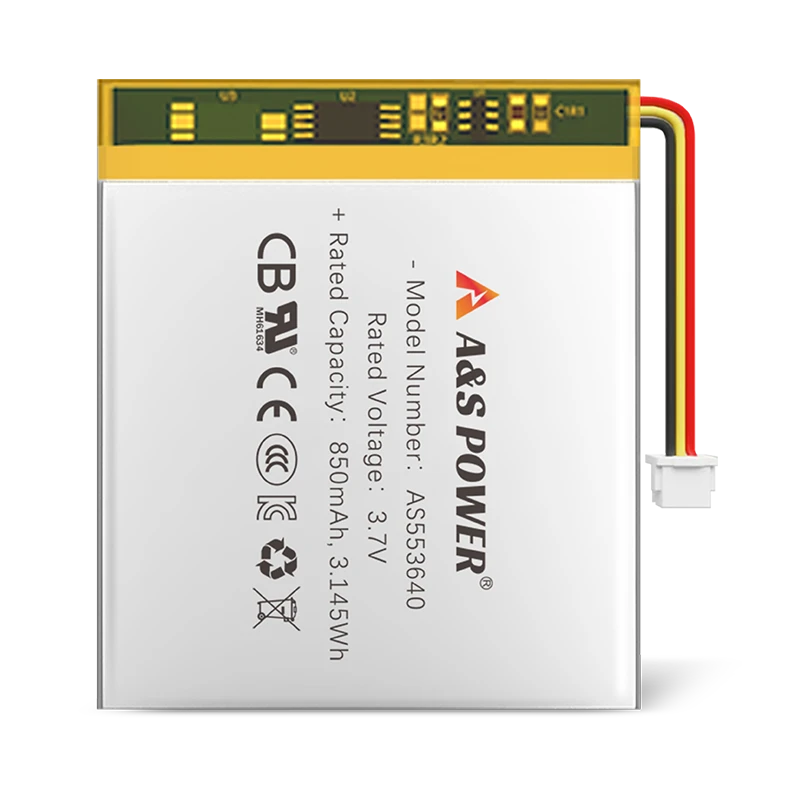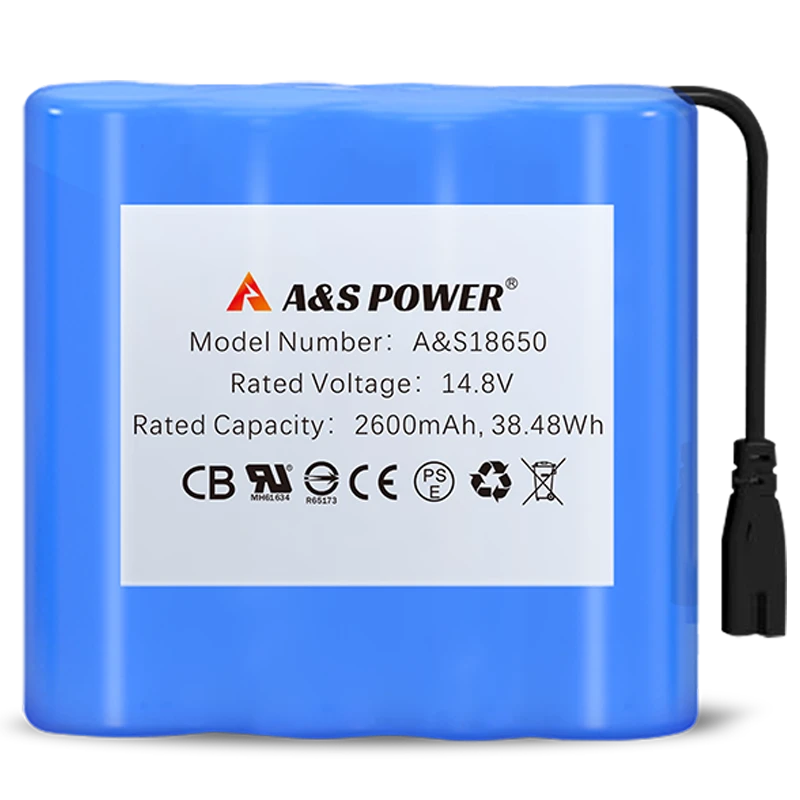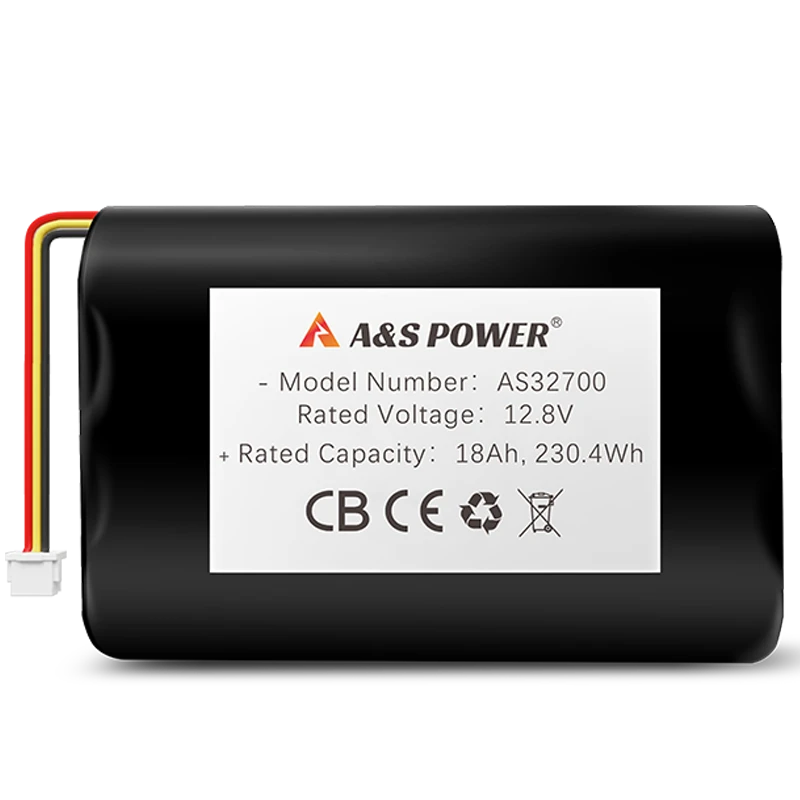The Slog Continues for Lithium-Air Batteries
The Slog Continues for Lithium-Air Batteries
The pursuit of ultra-high energy density storage solutions has positioned lithium-air batteries as one of the most tantalizing yet frustratingly elusive technologies in the electrochemical energy storage landscape, captivating researchers and investors alike with their theoretical potential to revolutionize everything from electric transportation to grid-scale energy management. With a theoretical energy density exceeding 3500 Wh/kg—nearly ten times that of conventional lithium-ion batteries—this technology promises to enable electric vehicles with ranges surpassing 1000 miles on a single charge and transformative energy storage solutions for renewable integration, yet it remains confined to laboratory settings after decades of intensive global research and development efforts. The fundamental operating principle, which involves the reversible reaction between lithium and oxygen from the air to form lithium peroxide during discharge, appears deceptively simple but conceals a labyrinth of electrochemical, materials science, and engineering challenges that have persistently thwarted commercialization attempts. Despite periodic announcements of breakthrough innovations from prestigious institutions and corporate R divisions, lithium-air batteries continue to grapple with crippling limitations including poor cycle life rarely exceeding 100 cycles, debilitating energy efficiency often falling below 65%, and severe operational constraints requiring ultra-pure oxygen environments and protection from atmospheric contaminants. The global research community remains divided on the timeline for commercialization, with optimistic projections suggesting niche applications might emerge within the next decade while more conservative analyses indicate that fundamental scientific hurdles may require 20-30 years to overcome, if they can be overcome at all, maintaining the technology's status as a perpetual prospect rather than an imminent solution.
Fundamental Scientific and Technical Challenges Impeding Commercialization
Electrochemical Instability and Parasitic Reactions in Cell Components
The core appeal of lithium-air batteries lies in their open-system architecture that utilizes oxygen from the atmosphere as the cathode active material, but this very feature introduces profound complexities that have proven extraordinarily difficult to resolve under practical operating conditions. During discharge, lithium ions travel from the anode to the porous cathode where they combine with oxygen to form lithium peroxide (Li2O2), a reaction that must be perfectly reversible during charging to achieve acceptable round-trip efficiency and cycle life, but in practice is plagued by numerous parasitic reactions that degrade cell components and consume electrolytes. The organic electrolytes typically used in non-aqueous lithium-air systems—such as ethers, glymes, or dimethyl sulfoxide—are inherently unstable against reduced oxygen species like superoxide radicals, leading to progressive decomposition that forms lithium carbonate, lithium acetate, and other irreversible byproducts that accumulate at the cathode-electrolyte interface. This degradation mechanism not only depletes the limited electrolyte reservoir but also passivates the carbon-based cathode materials commonly used in research prototypes, dramatically increasing overpotentials and causing premature cell failure after just a few dozen cycles under ambient air conditions. Meanwhile, the lithium metal anode, which provides the high energy density advantage, reacts vigorously with moisture, nitrogen, and carbon dioxide present in ambient air, necessitating complex protective membranes that ideally should permit lithium ion transport while blocking everything else—a materials science challenge that has consumed entire research decades without yielding commercially viable solutions. Research from the Journal of the American Chemical Society indicates that even with 99.9% pure oxygen supplies and meticulously controlled environments, Coulombic efficiency rarely exceeds 90% due to these persistent side reactions, compared to the 99.9%+ efficiency required for practical applications, creating an enormous performance gap that must be bridged through fundamental discoveries rather than incremental improvements.
Materials Design and Oxygen Management Hurdles
The development of advanced materials capable of withstanding the extreme electrochemical environment of lithium-air batteries represents another formidable obstacle, requiring synergistic innovations across cathodes, anodes, electrolytes, and separator technologies to create a functional system. Porous carbon cathodes, while excellent for oxygen diffusion and reaction sites, catalyze electrolyte decomposition during charging at voltages above 3.5 V versus Li/Li+, leading to the formation of resistive films that impede oxygen reduction and evolution reactions—a critical limitation that has prompted the exploration of alternative cathode materials including precious metals, metal oxides, and nanostructured carbons with tailored surface functionalities. Redox mediators, soluble catalysts that shuttle between electrodes to facilitate the decomposition of discharge products, have shown promise in reducing charging overpotentials but introduce their own stability issues and tend to migrate to the anode where they trigger further parasitic reactions, creating a new set of problems while solving existing ones. Oxygen management presents equally daunting challenges, as the system must allow sufficient oxygen transport for high-rate capability while effectively excluding humidity, carbon dioxide, and particulate matter that would rapidly degrade cell components, necessitating sophisticated gas diffusion layers and selective membranes that add weight, complexity, and cost. The following table summarizes the key performance challenges and current state-of-the-art achievements in lithium-air battery research:
| Performance Parameter | Theoretical Potential | Current State-of-the-Art | Commercialization Target | Major Obstacles |
|---|---|---|---|---|
| Energy Density (Wh/kg) | 3500-5000 | 500-800 (cell level) | >1500 | Cathode clogging, electrolyte weight |
| Cycle Life (cycles) | >1000 | 50-100 (with air) | 500+ | Li anode dendrites, cathode passivation |
| Round-Trip Efficiency | >90% | 60-70% | >85% | High charging overpotentials |
| Rate Capability (mA/cm²) | 10+ | 0.1-0.5 | 2+ | Slow oxygen diffusion, Li2O2 insulation |
| Operating Environment | Ambient air | Pure O2, dry room | Ambient air (filtered) | Humidity, CO2 contamination |
Recent Research Directions and Incremental Progress
Advances in Catalyst Development and Electrolyte Formulations
Despite the overwhelming challenges, the global research community continues to make incremental advances that gradually expand the understanding of lithium-air electrochemistry and occasionally produce promising laboratory demonstrations that renew optimism for long-term prospects. Catalyst development has progressed from simple carbon materials to sophisticated architectures including heteroatom-doped graphene frameworks, metal-organic frameworks (MOFs), and single-atom catalysts that enhance the kinetics of both oxygen reduction and evolution reactions while mitigating unwanted side reactions through precise control of active sites. Ruthenium-based nanoparticles and manganese oxide nanosheets have demonstrated remarkable effectiveness in reducing the charging overpotential to below 3.5 V in certain electrolyte systems, though their high cost and tendency to detach from support materials during cycling present significant barriers to commercial adoption. Electrolyte formulations have evolved beyond conventional organic carbonates to include ionic liquids, fluorinated compounds, and solid-state electrolytes that offer wider electrochemical stability windows and reduced volatility, with certain hydrophobic ionic liquids achieving reasonable stability against superoxide attack for up to 200 cycles in oxygen environments. Artificial intelligence and high-throughput computational screening have accelerated the discovery of novel electrolyte compositions and catalyst materials, with machine learning algorithms predicting the performance of thousands of potential combinations that would require decades to test experimentally, though the translation from simulation to practical cells remains fraught with unexpected complications. Research consortia such as the Joint Center for Energy Storage Research (JCESR) in the United States and the Lithium-Air Battery Initiative in Europe have published comprehensive roadmaps indicating that the systematic integration of these advanced materials could potentially achieve energy densities of 1000 Wh/kg within laboratory settings by 2030, though scaling to commercially relevant form factors with acceptable cost and safety remains a distant prospect.
Protective Anode Technologies and System-Level Engineering Innovations
The highly reactive lithium metal anode represents both the greatest asset and the most significant liability in lithium-air batteries, driving extensive research efforts focused on stabilizing the electrode-electrolyte interface through innovative protective coatings and electrolyte additives. Artificial solid electrolyte interphase (SEI) layers composed of lithium fluoride, lithium nitride, or composite polymers have shown promise in suppressing dendrite formation and reducing parasitic reactions with oxygen crossover products, extending anode lifetime to over 500 cycles in pressurized oxygen environments. Three-dimensional host structures including porous copper scaffolds, carbon nanotube networks, and polymer matrices help distribute current density and accommodate volume changes during lithium plating and stripping, though they inevitably reduce the overall energy density by adding inactive material to the system. At the system level, engineering approaches involving selective oxygen membranes, moisture scrubbers, and redundant electrolyte reservoirs attempt to mitigate the environmental sensitivity issues, but these additions increase complexity, weight, and cost, effectively canceling out the energy density advantages that make lithium-air technology appealing in the first place. Some researchers have proposed completely alternative configurations such as the lithium-air flow battery, which separates energy and power ratings and allows for continuous regeneration of components, but these systems introduce their own set of challenges related to pumping efficiency, oxygen management, and system integration. Analyses from McKinsey & Company and BloombergNEF consistently conclude that despite these ongoing efforts, lithium-air technology is unlikely to achieve commercial viability before 2040 at the earliest, with more probable adoption timelines extending to 2050 or beyond, placing it firmly in the category of long-term speculative technologies rather than near-term solutions.
Comparative Assessment and Future Outlook in the Energy Storage Landscape
Positioning Against Competing Next-Generation Battery Technologies
The protracted development timeline for lithium-air batteries has created opportunities for competing next-generation energy storage technologies to advance, many of which address similar market needs for higher energy density while facing fewer fundamental scientific obstacles. Lithium-sulfur batteries, once considered another speculative technology, have achieved significant commercial progress with energy densities reaching 400-500 Wh/kg at the cell level and cycle lives exceeding 1000 cycles in advanced configurations, already finding niche applications in aviation and specialized military equipment. Solid-state lithium-metal batteries have attracted enormous investment from automotive manufacturers and technology companies, with prototype cells demonstrating energy densities over 450 Wh/kg and significantly improved safety characteristics that could meet electric vehicle range requirements without the extreme complexity of air-breathing systems. Even conventional lithium-ion technology continues to improve through incremental innovations such as silicon-dominant anodes, nickel-rich cathodes, and advanced cell engineering, with leading manufacturers projecting commercial cells approaching 400 Wh/kg within the next three to five years—performance levels that satisfy most current application requirements without venturing into unproven chemistry. The following comparative analysis illustrates how lithium-air batteries measure against these competing technologies:
| Battery Technology | Current Energy Density (Wh/kg) | Projected 2030 Energy Density (Wh/kg) | Cycle Life (to 80% capacity) | Estimated Commercialization Timeline | Key Advantages | Key Challenges |
|---|---|---|---|---|---|---|
| Lithium-Air (non-aqueous) | 500-800 | 1000-1200 | <100 cycles | 2040+ | Ultimate theoretical density | Oxygen management, cycle life |
| Lithium-Sulfur | 350-500 | 600-800 | 1000-1500 cycles | 2025-2030 | High theoretical density, low cost | Shuttle effect, volume expansion |
| Solid-State Li-Metal | 300-450 | 500-600 | 1000+ cycles | 2028-2035 | Safety, energy density | Interface resistance, manufacturing |
| Advanced Lithium-Ion | 250-300 | 350-400 | 2000+ cycles | Currently available | Proven reliability, cost | Approaching theoretical limits |
Strategic Implications for Investors and Industry Stakeholders
The continuing saga of lithium-air battery development presents complex strategic considerations for investors, policymakers, and industry stakeholders who must balance the technology's extraordinary potential against its persistent challenges and extended timelines. Venture capital funding, which surged during the 2010-2015 period with over $500 million invested in various lithium-air initiatives, has significantly declined as investors recalibrate expectations and redirect capital toward technologies with nearer-term commercialization prospects, such as solid-state batteries and advanced lithium-ion formulations. Corporate R&D divisions at major automotive and electronics companies have largely maintained skeleton crews working on fundamental aspects of lithium-air chemistry while shifting primary resources toward more immediately applicable technologies, reflecting a pragmatic approach that keeps options open without betting heavily on uncertain outcomes. Government funding agencies, particularly in the United States, Japan, and European Union, continue to support basic research through grants and academic partnerships, recognizing that even if lithium-air batteries never achieve commercialization, the scientific insights gained could benefit other battery technologies and materials science applications. For the lithium industry and battery manufacturers, the perpetual "slog" of lithium-air development underscores the importance of maintaining diversified research portfolios that balance incremental improvements in existing technologies with exploratory work on breakthrough concepts, ensuring preparedness for potential paradigm shifts while meeting current market needs with proven solutions. Market analysts at IDTechEx and Lux Research advise stakeholders to monitor lithium-air research progress through specific technical milestones rather than sensationalized breakthrough announcements, focusing on metrics such as cycle life in ambient air environments, energy efficiency at practical current densities, and demonstration of scalable manufacturing processes for critical components.
-

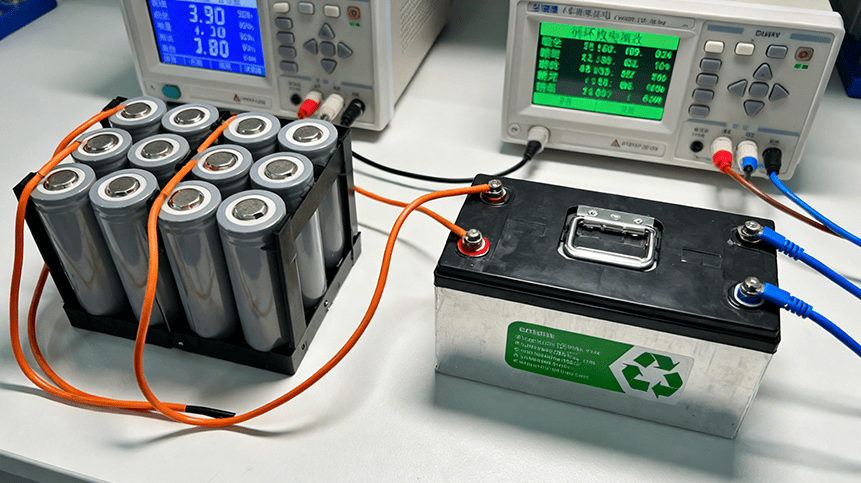 May.2025.11.24Ternary Lithium Battery vs Lithium-ion: Complete Comparison Guide (2025 Edition)Learn More
May.2025.11.24Ternary Lithium Battery vs Lithium-ion: Complete Comparison Guide (2025 Edition)Learn More -

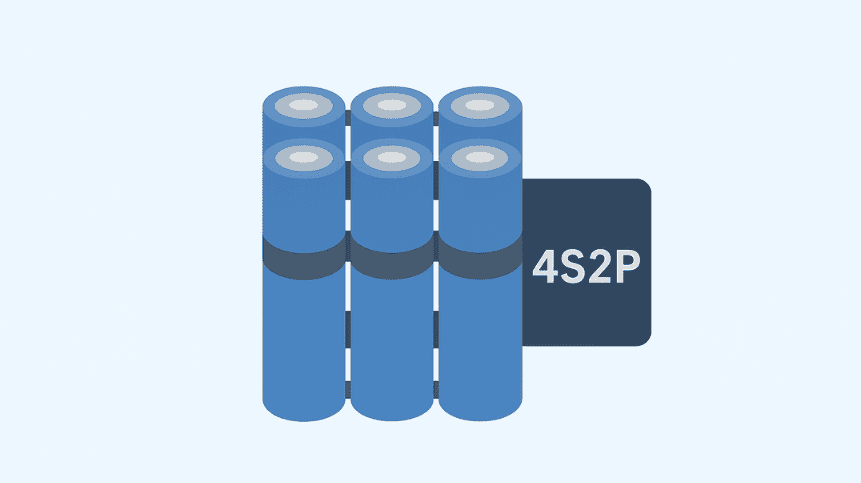 May.2025.11.214S2P 18650 14.8V Battery: Complete Technical Guide, Specs, Applications & SafetyLearn More
May.2025.11.214S2P 18650 14.8V Battery: Complete Technical Guide, Specs, Applications & SafetyLearn More -

 May.2025.11.18PCM vs BMS in Lithium Batteries: What’s the Difference and Which One Do You Need?Learn More
May.2025.11.18PCM vs BMS in Lithium Batteries: What’s the Difference and Which One Do You Need?Learn More -

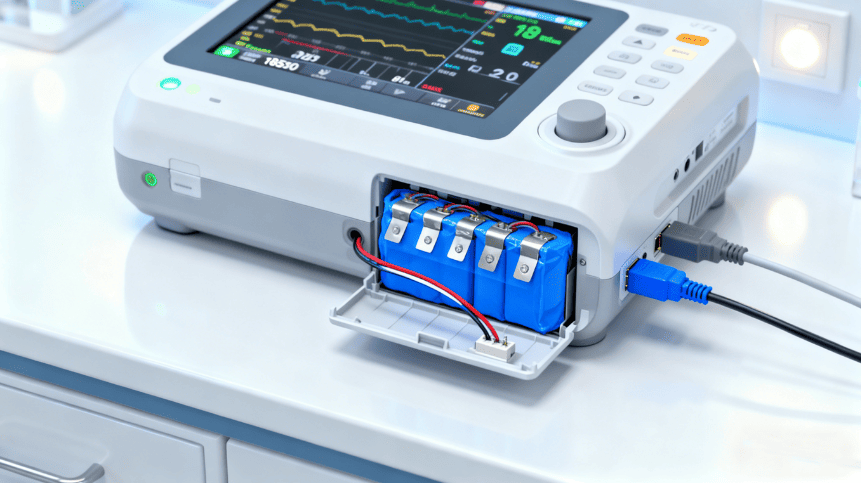 May.2025.11.17Custom Li-ion Battery Design for Medical Devices (2025 Comprehensive Guide)Learn More
May.2025.11.17Custom Li-ion Battery Design for Medical Devices (2025 Comprehensive Guide)Learn More -

 May.2025.11.17The Future of Lithium-Ion Batteries: Innovation, Sustainability, and Global Market TrendsLearn More
May.2025.11.17The Future of Lithium-Ion Batteries: Innovation, Sustainability, and Global Market TrendsLearn More




